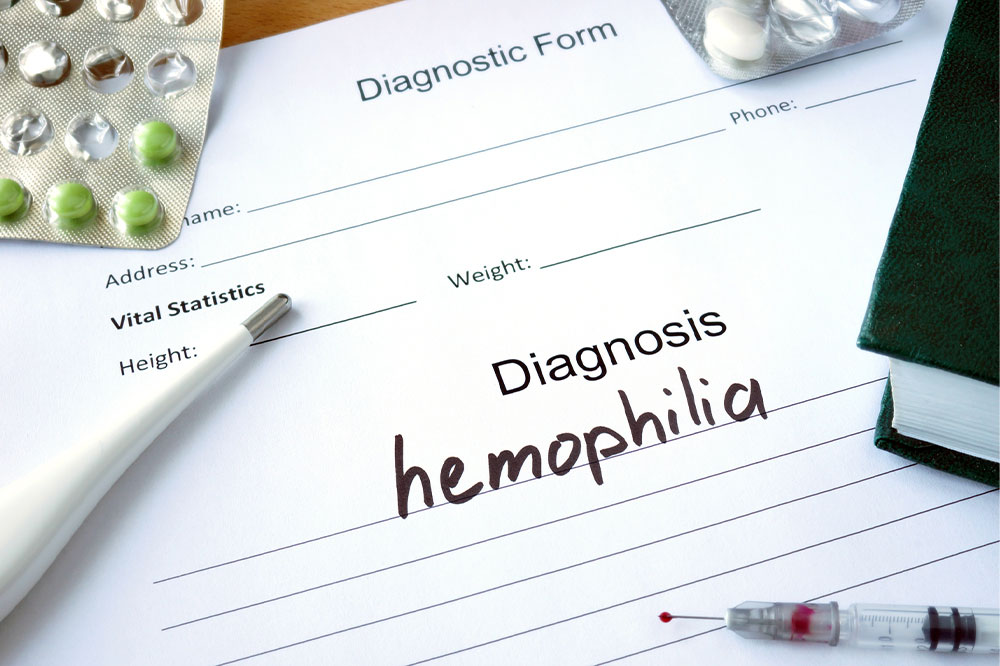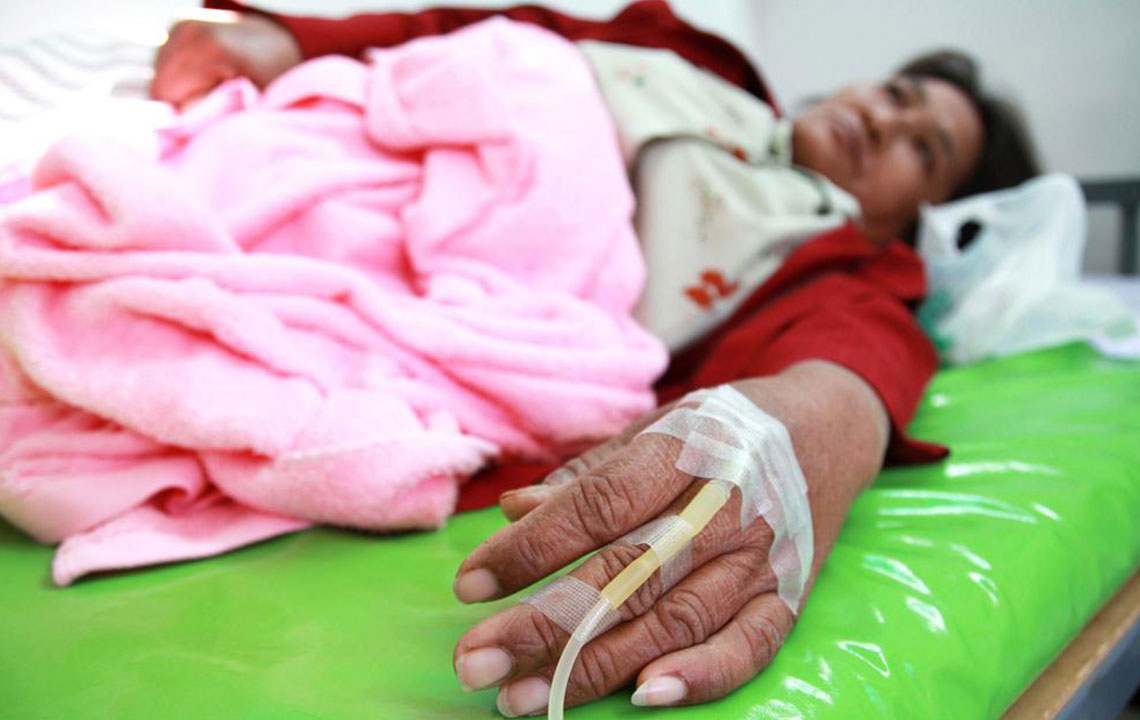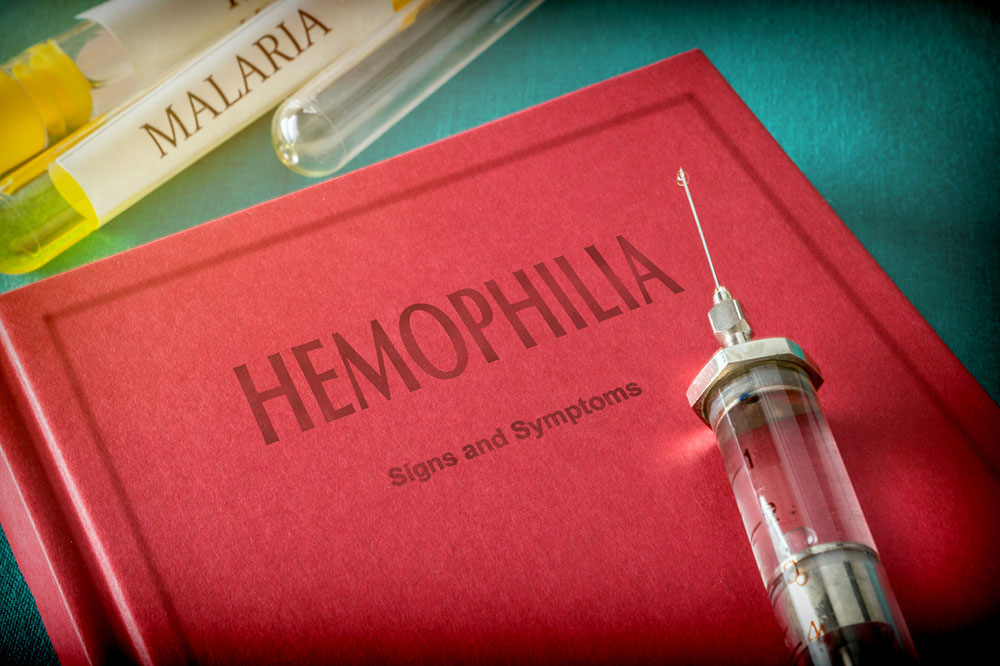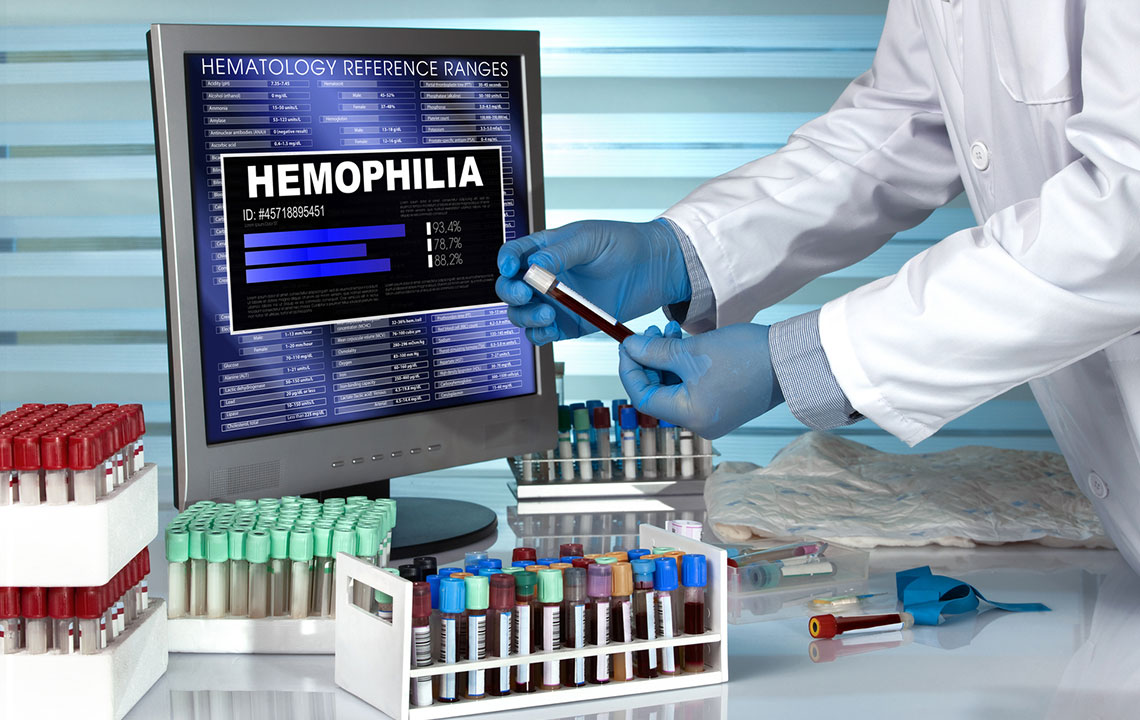Understanding Hemophilia: Symptoms, Types, and Treatment Options
Hemophilia is a hereditary bleeding disorder characterized by the deficiency of clotting factors, leading to abnormal bleeding episodes. Types include Hemophilia A, B, and C, each with distinct causes. Symptoms range from joint pain to internal bleeding, and management involves replacing missing clotting proteins through plasma-derived or recombinant therapies. Advances like gene therapy show promise for future treatment. Early diagnosis and specialized care are vital for preventing severe complications and improving quality of life.
Sponsored

Our body’s intricate system relies on organs and tissues working seamlessly together. When injury occurs, a mechanism activates to prevent excessive bleeding through blood clotting. However, some individuals lack certain clotting factors, impairing this process. Consequently, they bleed uncontrollably and spontaneously. This inherited bleeding disorder is known as hemophilia.
What is hemophilia?
Hemophilia is a genetic condition where the blood fails to clot properly due to deficiency of specific clotting proteins in the blood, leading to increased bleeding risks.
Patients with hemophilia are vulnerable to significant bleeding following injuries. This bleeding can affect vital internal organs, such as kidneys or stomach, complicating recovery. Specialized medical care and clotting factor replacement therapies are essential for managing bleeding episodes effectively.
Signs and symptoms of hemophilia
Common symptoms include:
Joint swelling and pain due to bleeding in joints
Blood pooling beneath the skin
Bleeding after circumsicion or dental procedures
Recurrent nosebleeds that are difficult to control
Bleeding in mouth, gums, or after tooth loss
Blood in urine or stool due to internal bleeding
Bleeding in the throat causing breathing issues
Heavy bleeding in infants post-birth
In rare cases, bleeding may occur in the brain, risking permanent damage or death.
Types of hemophilia
Various forms include:
Hemophilia A: The most common type caused by low levels of clotting factor VIII. It is inherited but could also result from genetic mutations, leading to internal and external bleeding episodes.
Hemophilia B: Also known as Christmas disease, caused by deficiency of clotting factor IX. It tends to cause prolonged bleeding and is inherited or due to mutations.
Hemophilia C: Results from insufficient clotting factor XI, affecting both genders equally; bleeding mainly occurs after surgery, trauma, or dental work.
Acquired hemophilia: Develops later in life when the immune system mistakenly attacks clotting factors, often associated with illnesses like cancer, autoimmune disorders, or pregnancy.
Causes of hemophilia
Primarily inherited through defective genes or chromosomes, especially X chromosomes. However, around half of cases are due to new mutations, meaning the disorder can occur even without family history.
Treatment options for hemophilia
While there is no cure yet, management involves replacing missing clotting factors through various methods, requiring a multidisciplinary healthcare team.
Key treatments include:
Plasma-derived clotting factor concentrates: Extracted from donor plasma and processed into a powder for infusion.
Recombinant factor concentrates: Manufactured in labs without the use of donor plasma, reducing infection risks.
Emerging therapies such as gene therapy aim to enable the body to produce its own clotting factors. Although promising, these are still under research. Early diagnosis and tailored therapies are essential to prevent severe complications and enable patients to lead productive lives.






